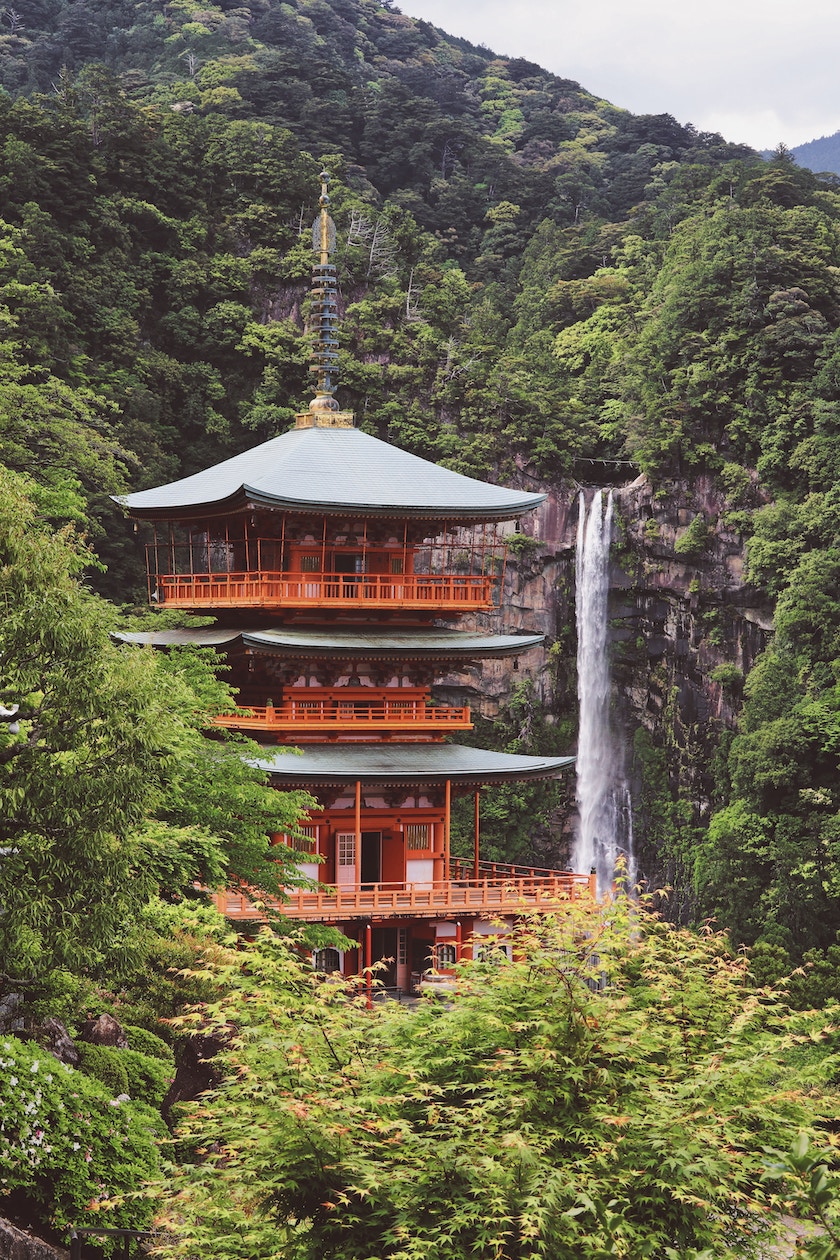Unveiling Japan’s Natural Tapestry: A Journey Through Untamed Beauty
Japan, often envisioned as a land of neon-lit cities and ancient temples, holds a secret whispered by rustling bamboo forests and crashing ocean waves: a breathtaking natural tapestry. Beyond the urban sprawl lies a diverse and captivating landscape, ripe for exploration. This article delves into the heart of Japan’s nature tourism, uncovering hidden gems and offering insights for the intrepid traveler seeking solace in the wild.
Japan’s unique geography, stretching from subtropical Okinawa to the snowy peaks of Hokkaido, fosters an extraordinary range of ecosystems. This archipelago, forged by volcanic activity and sculpted by the forces of nature, boasts everything from lush rainforests to serene alpine meadows.
The Volcanic Heart: Exploring Japan’s Geothermal Wonders

Japan’s location along the Pacific Ring of Fire has gifted it with an abundance of geothermal activity. Onsen (hot springs), bubbling mud pools, and towering volcanoes dot the landscape, offering both therapeutic benefits and awe-inspiring sights.
Hakone: A popular destination near Tokyo, Hakone offers stunning views of Mount Fuji, volcanic hot springs, and scenic boat cruises on Lake Ashi. The Owakudani volcanic valley, with its sulfurous fumes and black eggs cooked in the hot springs, is a must-see.
The Forest’s Embrace: Hiking Through Japan’s Verdant Landscapes
Japan’s forests, covering over two-thirds of the country, offer a sanctuary for nature lovers. From ancient cedar forests to vibrant maple groves, these landscapes provide endless opportunities for hiking, trekking, and simply immersing oneself in nature.
Yakushima: A UNESCO World Heritage Site, Yakushima Island is renowned for its ancient cedar forests, including the iconic Jomon Sugi, a massive tree estimated to be thousands of years old. Hiking trails wind through the island’s lush interior, offering glimpses of waterfalls, moss-covered forests, and diverse wildlife.
The Coastal Realm: Discovering Japan’s Marine Treasures

Surrounded by the sea, Japan boasts a diverse coastline, ranging from rocky cliffs and secluded coves to sandy beaches and coral reefs. This marine environment offers opportunities for snorkeling, diving, kayaking, and whale watching.
Okinawa: Japan’s southernmost prefecture, Okinawa, is a tropical paradise with turquoise waters, vibrant coral reefs, and diverse marine life. The Kerama Islands National Park, renowned for its pristine waters and abundant sea turtles, is a popular destination for snorkeling and diving.
The Seasons’ Splendor: Witnessing Japan’s Ever-Changing Landscapes
Japan’s four distinct seasons create a constantly evolving landscape, each offering its own unique beauty.
Spring (Sakura): The cherry blossom season, known as sakura, is a national obsession. Parks and gardens across the country erupt in a sea of pink, creating a magical atmosphere.
Responsible Nature Tourism: Protecting Japan’s Natural Heritage
As nature tourism grows in popularity, it’s essential to practice responsible tourism to minimize our impact on the environment.
Respect wildlife: Observe animals from a distance and avoid feeding or disturbing them.
Planning Your Nature Tourism Adventure
To make the most of your nature tourism experience in Japan, consider the following:
Choose your destination based on your interests and the season.
By embracing the beauty and diversity of Japan’s natural landscapes, you can embark on a truly unforgettable adventure.


